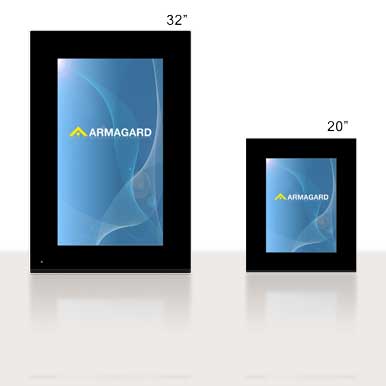Outdoor advertising is one of the oldest forms of marketing. From the earliest days of printing, and before, advertising outdoors is a direct and effective form of promotion. Outdoor advertising is also fairly low cost when you compare it to other forms of mass-marketing.
There are disadvantages of outdoor advertising though. While the footfall and potential audience in outdoor locations is high, there is little in the way of being able to target the advertisements to relevant customers.
Printing costs and the logistics of sticking up new content are also downside to outdoor advertising, but by going digital you can alleviate some of these difficulties. Outdoor digital signage is also a more attractive medium, more noticeable and more appealing to passersby.
Going from print to digital can be daunting with so many terms and technologies involved; however, the basics of outdoor digital advertising is fairly simple—a screen, some content and some method of protecting the display.
For outdoor advertising a good high brightness screen is perhaps the best solution otherwise you may struggle with readability when the sun is bright. For protection, a waterproof outdoor enclosure should keep the screen operational in inclement weather, but you should ensure there is some form of climatic control inside to prevent overheating or even freezing during extreme temperatures.
One of the biggest challenges is getting content generated for your campaign. While some do this in-house, many companies offer content production, and for somebody embarking on digital signage for the first time this would seem to be the wisest solution.
Once the initial investment has been paid, one of the advantages of outdoor screens is the low costs of maintaining the screens. While they will require general running costs such as providing the power and any regular cleaning and maintenance, the costs of replacing content should be lower as it can be uploaded remotely.

Comments are closed.